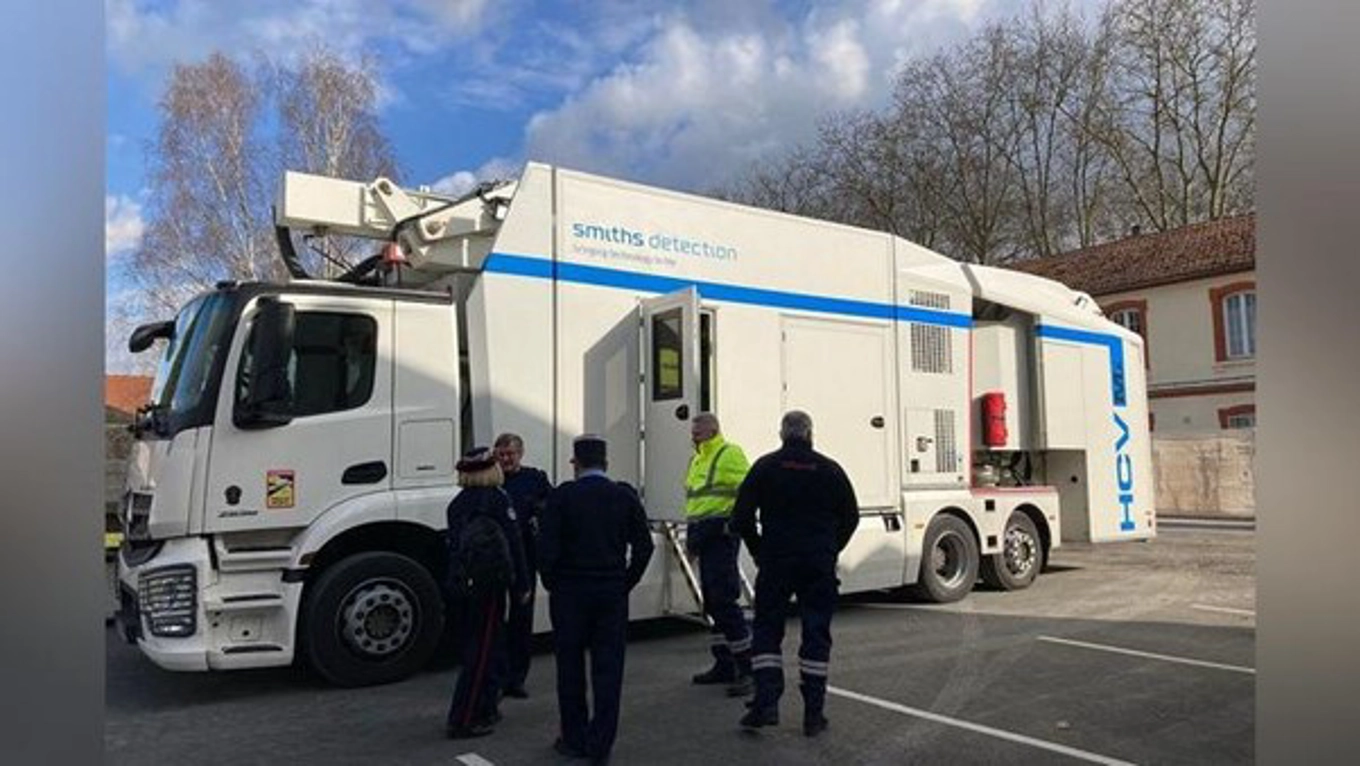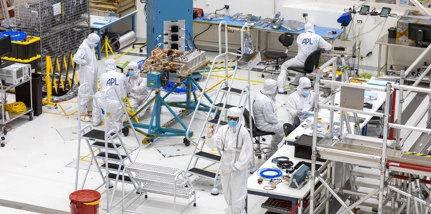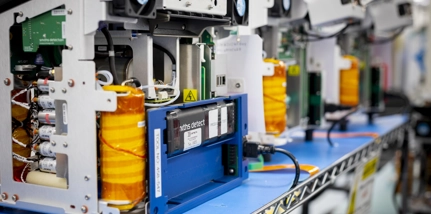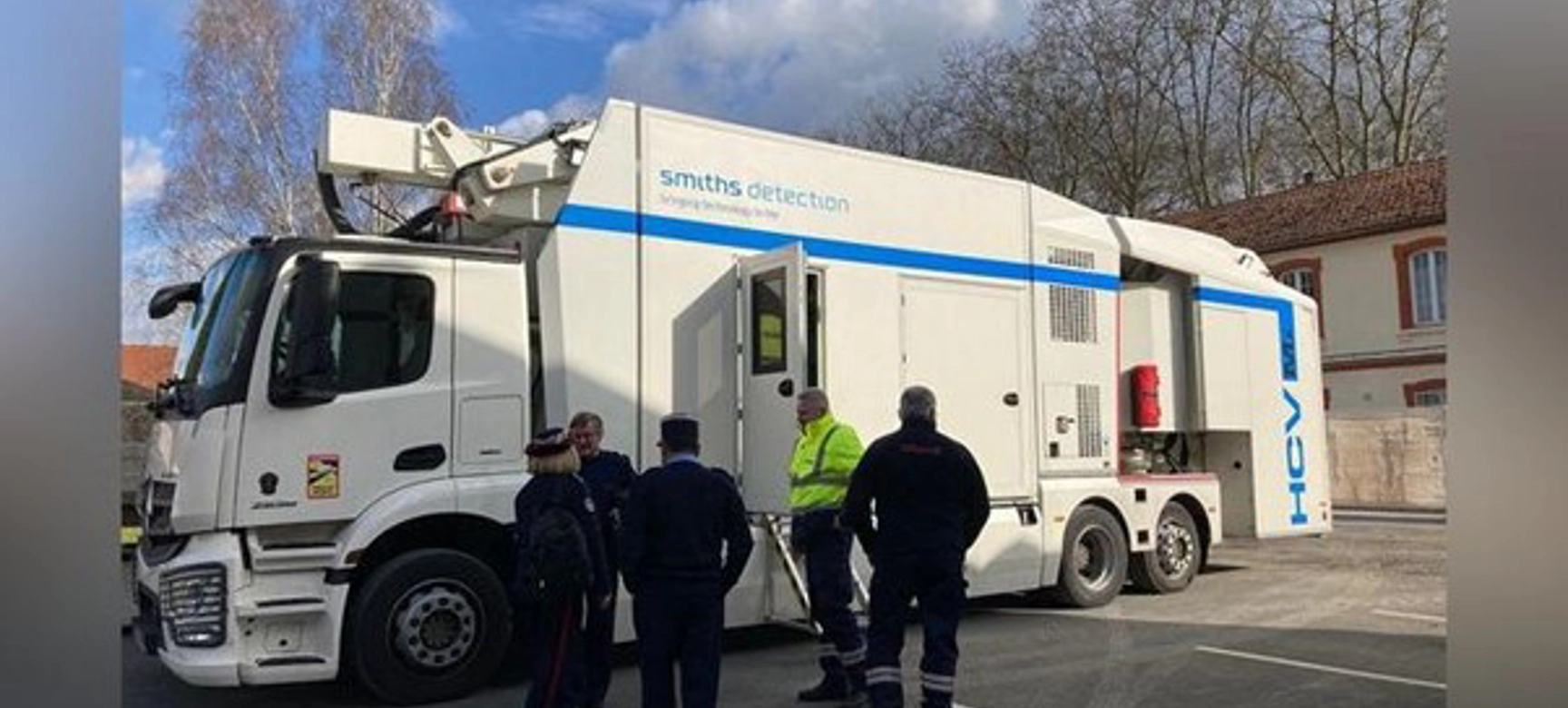
20 February 2024
French Customs lent their Smiths Detection mobile scanner to the French National Institute for Preventive Archaeological Research to help investigate a Neolithic discovery.
With almost 80% of its land dedicated to farming and forestry, the Grand Est region of north-eastern France ranks first for the country’s agricultural and agrifood industries. Primary products include various grains, hops and, most famously, champagne.
Yet little is still known of the Neolithic people who first settled in the area and developed its early farming systems.
It is believed they arrived from the Near East in southern Europe in around 5,200 BC, before gradually migrating northwards. Having already evolved from their Stone Age forebears over the previous 1,000 years, they brought with them relatively cultured lives characterised by permanent settlements, domesticated plants and animals, and crafts such as pottery and weaving.
While little of these early settlements remain, their better-preserved burial grounds have the potential to advance our understanding of these people’s spiritual beliefs, societal structures, values and culture.
Around 160 hypogea – or complex underground tombs marked by more sophisticated architecture, symbolic ornaments, tools and other offerings indicative of the deceased’s status – have been discovered in France over the last couple of centuries. However, just five had been properly studied and documented before being emptied.
So, a new Neolithic site discovered in Saint-Memmie (Marne) in 2019 naturally generated a great deal of interest. A team led by the French National Institute for Preventive Archaeological Research (INRAP) had found three pits containing human remains of all ages, and a well-preserved hypogeum comprising an underground tomb with monuments as well as 50 skeletons, flint tools, necklace beads and other jewellery.
Although fairly typical in structure, there was still uncertainty about exactly who these people were: it was common practice for successive communities to reuse old burial grounds, and four more recent Gallic burial grounds had also been discovered locally. Analysis of decomposed flesh could reveal important new information.
Despite weeks of painstaking effort onsite, some of the research area comprised compacted minerals (gangue) which was proving too dense to study in situ. Any attempt to penetrate it onsite without understanding what was locked inside could easily damage any delicate and valuable remains. However, relocating the materials to enable further detection work could also cause damage. The next move would be critical.
To help them develop the right action plan, INRAP turned to French Customs to borrow their Smiths Detection HCVM all-in-one mobile-screening lorry for use as a temporary ‘lab’ at the dig’s car park.
Using high-energy X-ray and viZual technology for the discrimination of organic/inorganic material at 6 mega volts, this system is normally used at border controls to detect narcotics, weapons, explosives or smuggled goods.
It is powerful enough to penetrate more than 30cm of steel, so made light work of the gangue to capture vital details about the mystery sample in a matter of minutes – which, in turn, enabled the researchers to confirm that there were bones within the gangue, indicated by ‘voids’ in the X-ray images.
This careful approach has meant that the archaeologists now have the rare opportunity to study potential Neolithic remains in detail. With luck, they will be able to determine the number of individuals buried, their ages, gender, DNA and health status. From this they hope to gain new insights into their societal makeup, and even contribute to the general understanding of the Neolithic migration through Europe.
Combined, the discoveries in this important farming region of France look set to at last reveal some long-buried secrets about those who first settled in and shaped it.
>>>Click to find out more about our: HCVM Mobile X-Ray Systems

Related insights

Searching for E.T.
Read our latest Engineering Explained insight on Smiths Interconnect's role in NASA’s Europa Clipper - to search for life on the fourth largest of Jupiter’s 95 moons.
Find out more

Integrating a sustainable ethos into our products
Find out more

How our engineers are helping hydrogen to become a source of new energy
Read our latest Engineering Explained insight piece on how our engineers are helping hydrogen to become a safe, secure and profitable source of new energy
Find out more





